
Product information
Giuseppe Cortese Barbaresco Rabajà MAGNUM 2017
$267
Description
There’s a thread through Cortese’s wines of being well composed. 2017 Rabaja shows an edge to the tannins that sits in line with the fruit weight and well come together nicely in the next couple of years. The aroma and flavour of Cortese Rabaja have a certain harmony to them that draws you in. There’s a lot to like here. Dark cherry and liquorice are play with hits of blood orange and tea. Perfume is intoxicating. It’s the purity and translucence that shines in Cortese’s wines. There’s more perfume and delicacy to the fruit which will fill out over time.
“I have plenty of vintages of it sitting in the cellar. One of those things, though I do really like Rabajà as a cru.
It’s a bolder, more chunky expression of this vineyard, but it still has perfume and style. Cherry, aniseed, orange rind, dried flowers and menthol. Plenty of chew and some earthy feel to the tannin, clean ‘mineral’ acidity, ripe strawberry, and a sort of liquorice and black tea flavour on a long firm finish. It’s very engaging. It needs a little time, but should drink well a bit earlier.” GW 94 Points
Out of stock
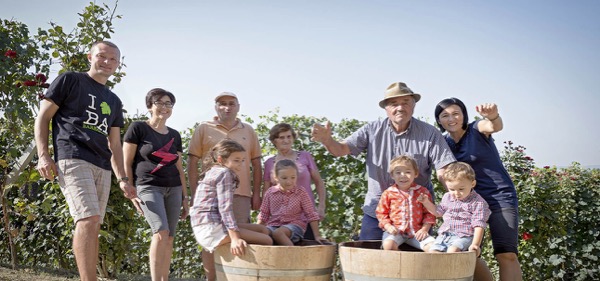
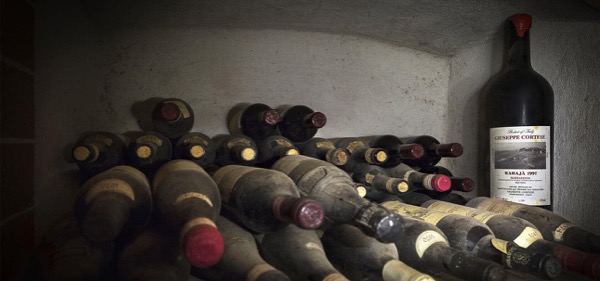
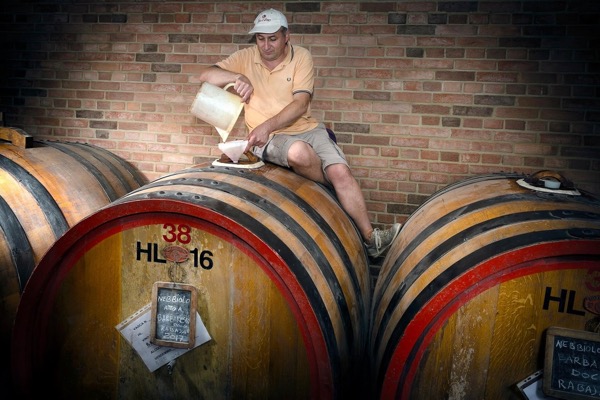
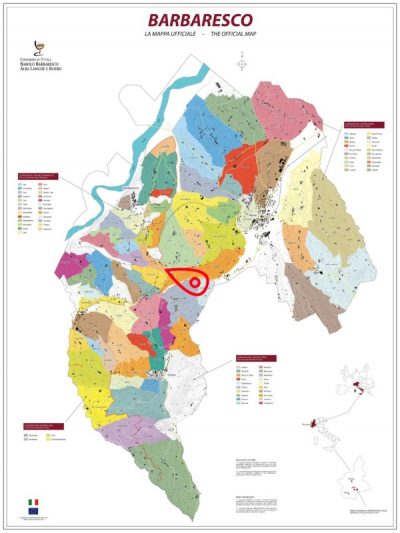
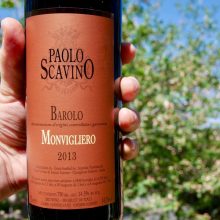
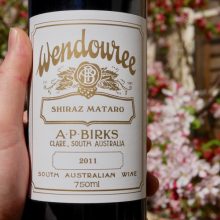
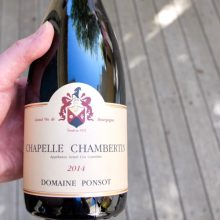
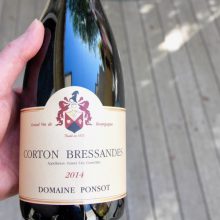
You must be logged in to post a comment.